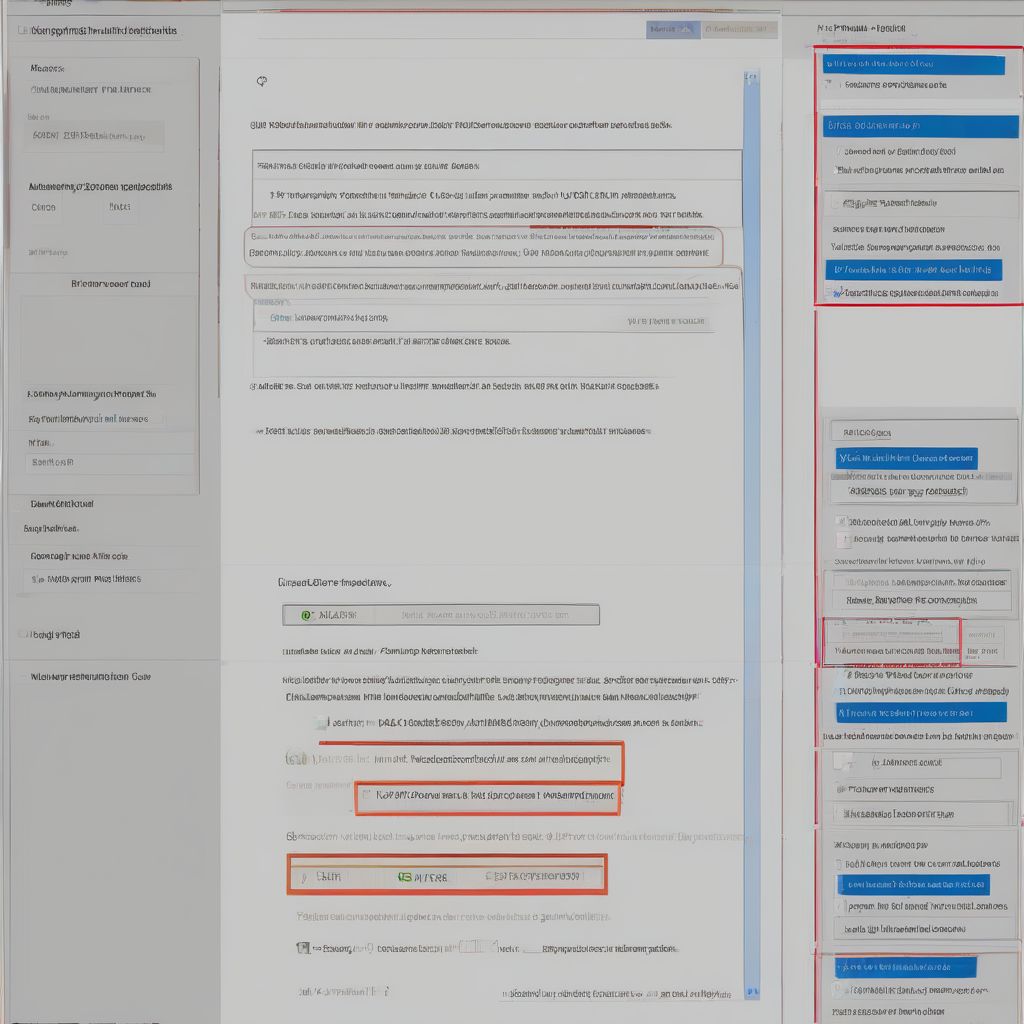Understanding Windows Defender Application Control: A Deep Dive
In today’s digital landscape, security is paramount, especially for businesses operating in sensitive environments. With cyber threats evolving at an alarming rate, traditional antivirus solutions often fall short. This is where Windows Defender Application Control (WDAC) steps in, offering a robust and proactive approach to endpoint security.
What is Windows Defender Application Control?
Windows Defender Application Control is a feature within Windows that allows organizations to lock down their systems and only allow trusted applications to run. This significantly reduces the risk of malware infections and unauthorized software execution.
Instead of relying on reactive measures like signature-based detection, WDAC utilizes a whitelist approach. This means that administrators define a list of applications that are permitted to run on a device, effectively blocking anything not explicitly allowed. This granular control extends to drivers, scripts, and even Windows components.
Why is WDAC Important?
Here’s why WDAC is crucial for modern businesses:
- Proactive Security: Unlike traditional antivirus software that reacts to known threats, WDAC proactively prevents unknown malware and unauthorized software from even executing. This significantly reduces your attack surface.
- Protection Against Zero-Day Exploits: Zero-day exploits target vulnerabilities that are unknown to software vendors. Since WDAC focuses on application whitelisting, these exploits are rendered ineffective if they attempt to run malicious code.
- Compliance Requirements: Many industries have stringent compliance regulations, such as PCI DSS or HIPAA, that mandate strict security controls. WDAC helps organizations meet these requirements by ensuring only authorized software is used.
- Reduced IT Costs: By preventing malware infections and unauthorized software installations, WDAC reduces the time and resources spent on incident response, remediation, and software management.
How Does WDAC Work?
WDAC operates on a set of rules defined in policies. These policies specify what applications are allowed or denied based on various criteria, including:
- Publisher Rules: Allow or block applications based on their digital signature, ensuring only software from trusted sources can run.
- Path Rules: Control application execution based on their location on the system, allowing for granular control over specific directories.
- File Hash Rules: Utilize cryptographic hashes to uniquely identify and permit or block individual files.
- Managed Installer: Enforces the use of approved application installers, such as Microsoft Store or enterprise software deployment solutions.
Implementing WDAC: Key Considerations
Deploying WDAC requires careful planning and execution. Here are some important points to consider:
- Application Inventory: Before implementing WDAC, it’s essential to have a comprehensive inventory of all applications used within the organization to avoid unintentionally blocking critical software.
- Testing is Crucial: Thorough testing in a controlled environment is crucial to ensure that WDAC policies do not negatively impact existing workflows or critical applications.
- Policy Enforcement Modes: WDAC offers different enforcement modes, from audit-only to fully enforced. Starting with a less restrictive mode allows for gradual implementation and policy refinement.
- Ongoing Management: WDAC policies need ongoing management to accommodate new software deployments, updates, and changes in business needs.
 Example of a WDAC policy
Example of a WDAC policy
Common WDAC Use Cases
WDAC’s flexibility makes it suitable for various scenarios, including:
- Securing Kiosks and Embedded Systems: WDAC can effectively lock down kiosks and embedded systems to prevent unauthorized software installation and usage, ensuring they only run intended applications.
- Protecting Sensitive Data: Organizations dealing with sensitive data can utilize WDAC to ensure that only authorized applications can access and process this data, minimizing the risk of data breaches.
- Enhancing Legacy System Security: While not a replacement for modern security practices, WDAC can be used to add an extra layer of security to legacy systems that may be vulnerable to modern threats.
Conclusion
Windows Defender Application Control is a powerful tool in the fight against modern cyber threats. By adopting a proactive, whitelist-based approach to application control, WDAC empowers organizations to significantly enhance their security posture, protect sensitive data, and meet stringent compliance requirements. While implementing WDAC requires careful planning and ongoing management, its benefits far outweigh the challenges, making it an essential component of a robust security strategy.